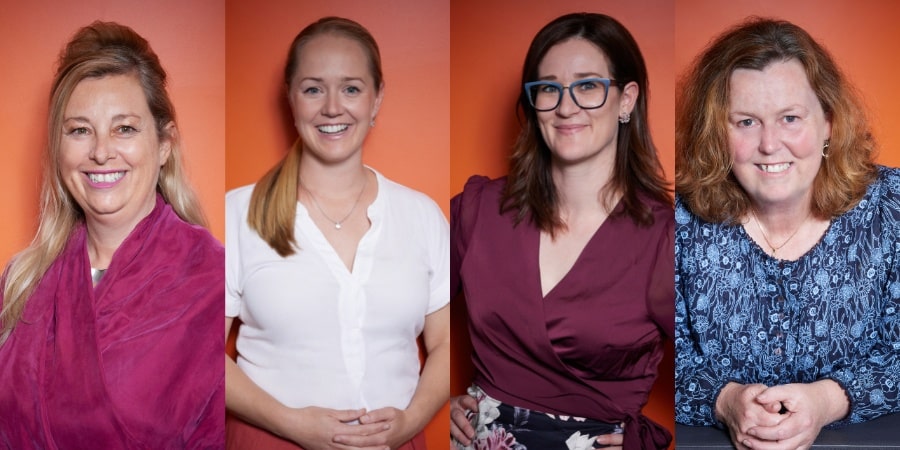
A trio of important academic papers authored by Cerebral Palsy Alliance researchers have been selected to feature in the annual highlights of a global medical journal.
Developmental Medicine & Child Neurology, a monthly peer-reviewed journal that ranks among the most prestigious paediatric-focused publications, has selected the CPA-led papers in its yearly highlights.
The first paper, Is the search for cerebral palsy ‘cures’ a reasonable and appropriate goal in the 2020s?, is a commentary on the ethics of working towards a cure for cerebral palsy.
The review combines a wide range of perspectives from extensive community consultation with scientific literature, and frames these in the context of ethical considerations. The review determines that ultimately, while “cures for CP” is still an appropriate goal for the field of CP research, a pluralized, symptom-based definition of ‘cures for cerebral palsy’ should be used.
The paper emerged from discussions during the development of the Australian and New Zealand Cerebral Palsy Strategy, and co-lead authors, Dr Ingrid Honan, (a research fellow in CPA’s Technology Program) and Dr Megan Finch-Edmondson (Regeneration Program Lead) are both CPA researchers. Other contributors affiliated with CPA include Professor Iona Novak, Dr Sarah McIntyre and Professor Nadia Badawi.
Importantly, the paper was co-authored by four people with lived experience of cerebral palsy or who are parents of people with cerebral palsy, including Shannon Clough, a member of CPA’s consumer involvement group, CP Quest.
Dr Sarah McIntyre was also lead author on the second paper to be acknowledge in the annual highlights, a systematic analysis of the global prevalence of cerebral palsy.
Called a “landmark” paper by the journal’s editors, the article established that the number of children born with cerebral palsy has steadily fallen across many high-income countries, including a 25% reduction in Australia and Europe.
The paper is the first global academic study of cerebral palsy trends in a decade, surveying population-level data collected from more than 40 regions across 27 countries.
As well as discovering a reduction in cerebral palsy in high-income countries, the paper established a baseline rate of cerebral palsy in low-and-middle-income countries (LMICs) for the very first time.
Read more about the global prevalence of cerebral palsy here.
CPA researchers were closely involved in the international team of authors – among the paper’s contributors were CPA’s Associate Professor Hayley Smithers-Sheedy, Dr Shona Goldsmith and Annabel Webb.
A third paper involving CPA collaborators, on genomic and environmental considerations in paediatric precision medicine, was also recognised in the yearly highlights.
Precision medicine (medicine which is tailored for effective individual treatment) has the potential to support children with neurodevelopmental disorders such as cerebral palsy. To be effective, however, the authors found that a framework that considers environmental factors such as poverty, stress, mental health and genetics should be used alongside hospital and health data.
The study outlines recommendations including greater collaborations with people with lived experience and social researchers to explore the causes of neurodevelopmental disorders. The paper was authored by a team led by Professor Russell Dale, Associate Professor Michelle Farrar and Professor Sue Woolfenden, and experts including CPA’s two chairs of research, Professor Badawi and Professor Novak.
The three highlighted articles are just a sample of the important work done by our research team this year – in the last twelve months, CPA researchers have published more than 50 academic papers, including milestone studies on stem cells, early intervention, prevalence of cerebral palsy and many more.